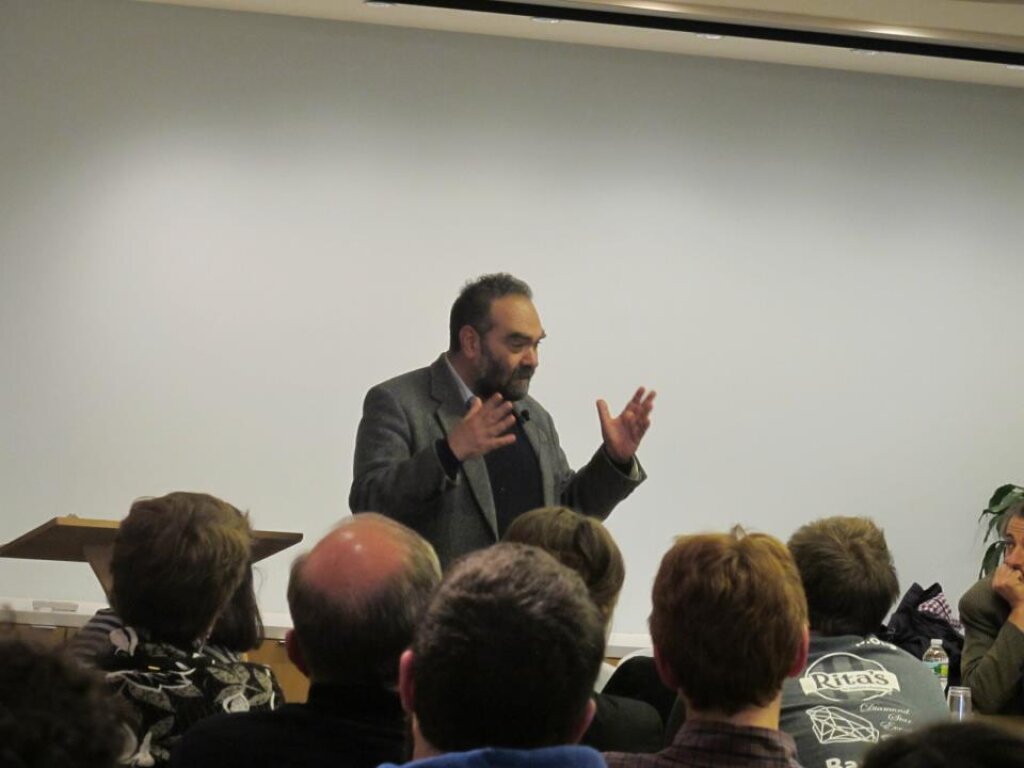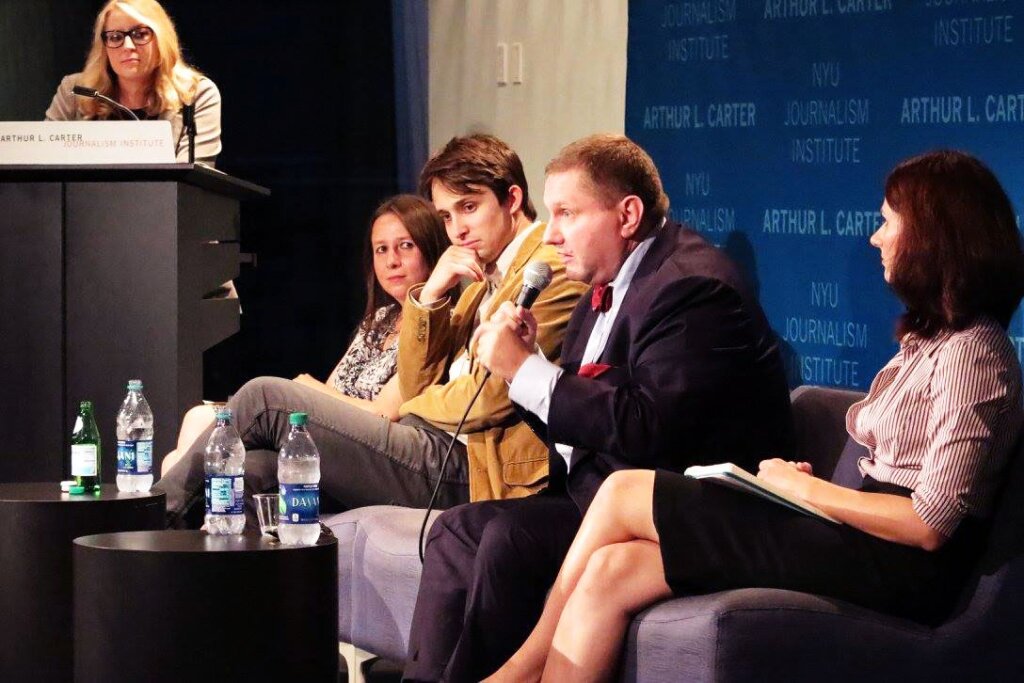All creative works are autobiographical, but they are autobiographical in their own way.
As part of NYU’s commemoration of the War of 1812, the Jordan Center was pleased to welcome Andrei Zorin last Friday, to present an engaging talk on the problems of ruptures, ends, continuities and discontinuities in history and in Tolstoy’s novel War and Peace. While he was mostly concerned with the subject of time in the novel, Zorin also made a case for reading the novel as a personal experience for Tolstoy rather than as a national epic.
In the fall of 2001, Andrei Zorin was teaching a course on War and Peace as a visiting scholar at NYU. The attacks of 9/11 which Zorin considered a rupture in history, led him to consider how the events of 1812 and 1825 served as similar ruptures to frame the narrative of War and Peace. For Zorin, ruptures are interruptions in the flow of history, rather than simple chronological events. Tolstoy recognized this and intended to keep the reader from the structure of a traditional novel, which has a beginning, middle and end, Instead, the narrative should keep the flow of history, beginning in 1805 and ending on the eve of the Decembrist revolt. While the novel “ends” in 1820, Zorin argues that the narrative continues to hurtle towards 1825 and from 1825 to 1856 when the exiled Decembrists return, up to 1863 when Tolstoy began work on War and Peace. Zorin presents the paradox of the tension of history’s open ends with novelistic closure and asks “does the novel have closure at all”?
According to Zorin, it does not, because readers understand that the Decembrist Rebellion is waiting in the wings. The Decembrist Rebellion was the link between 1812 and Tolstoy’s own time. In this way, Tolstoy was writing both an historical and contemporary novel. Zorin illustrates this with the image of a sandglass: two triangles converging and the speed of sand different in different places. When presented with ruptures in the past, we also experience nostalgia for the past. This allows us to read War and Peace as an autobiographical work, regardless of whether or not we lived through the events of 1812 or 1825 (as Tolstoy did not).
As we continually try to define a work that seems to defy all categories of genre, Zorin’s interpretation adds another layer to our readings of War and Peace. This contribution is not only significant for reading and understanding Tolstoy’s writings, but also how we process time and the meaning of historical events in our daily lives.
To see images from the event click here.



